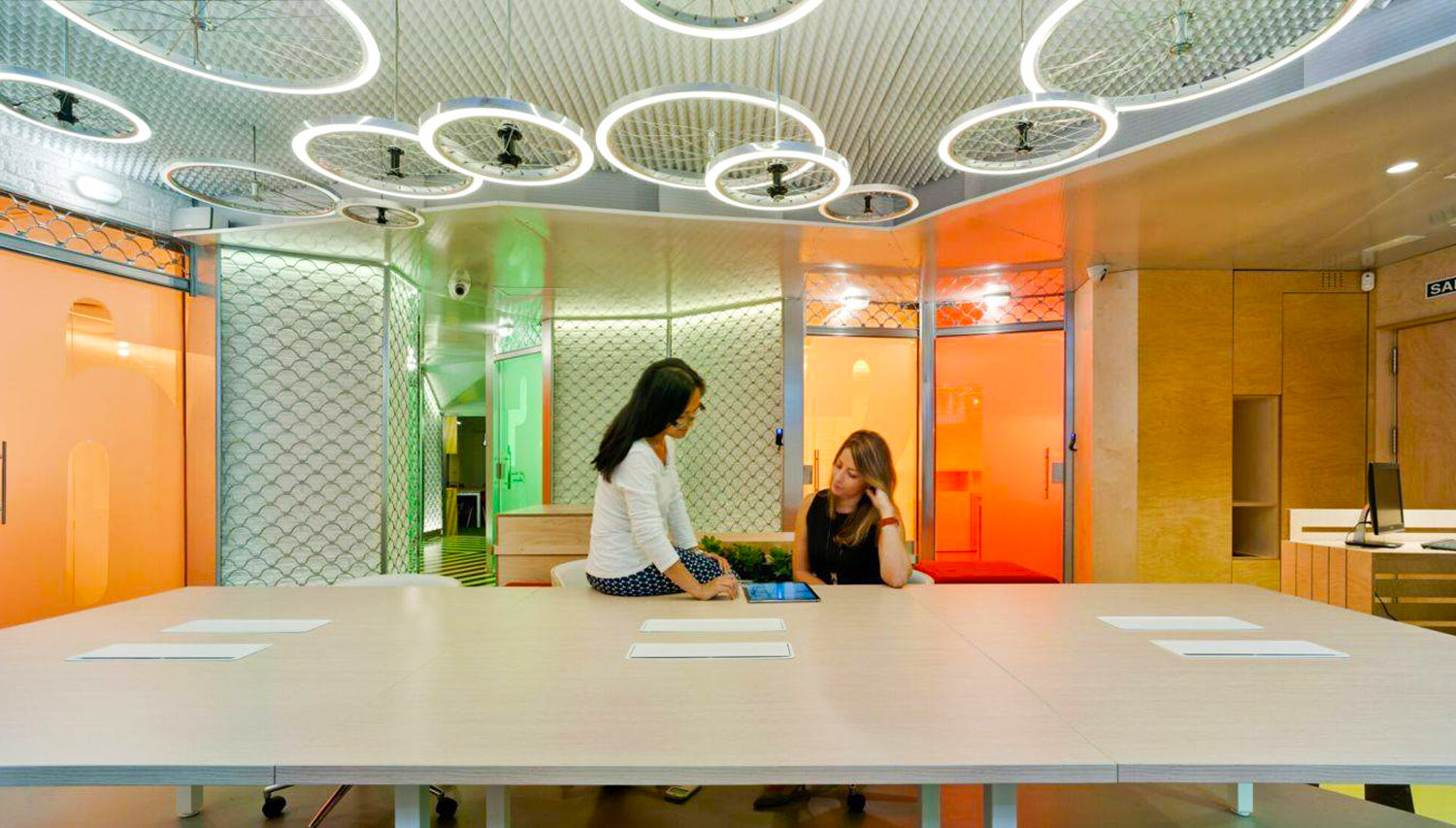A survey of more than 32,000 workers in 17 countries indicated that more than half of people would consider changing jobs if their current employer asked them to return to full-time work in an office.
Just as we've seen the benefits of having a flexible workspace program, we've encountered challenges that come with it. One of them is the communication between teams and the visibility that is lost when working remotely. Both leaders and employees have been affected in order to have a clear vision of what is happening in their organization. Join us for this article as we explore how to minimize this problem.

First, it is important to define the types of flexibility to work that have been implemented in different companies during the last years:
- Universal: Days in the office and out of the office are universally defined throughout the organization.
- Variable: Schedules are set by department or team and may vary in the organization.
- Individual cases: Each individual defines their calendar and sticks to it.
- Fluid: It occurs when there is no restriction and the collaborator decides when and where to work.
Once the type of flexibility that will be implemented has been defined, we can proceed to understand how our collaborators work within this program, their needs and possible challenges.
Something that will be identified in each of the types, is that executives, coordinators and collaborators need certain information and communicate with certain people to be able to carry out their work effectively. What kind of visibility does each require?
- Executives and leaders:
They need visibility to ensure strategic alignment, effective collaboration, and coordination across the organization. In addition, these people are responsible for ensuring the health and well-being of employees.
Therefore, they will need to have access to data such as indicators of fatigue, distractions, workload, etc. For example, a leader may hear fatigue-related concerns and it can be difficult to identify whether it is something at a general level, from a department, or from specific people. Having accurate information will allow them to make better decisions.
- Coordinators:
On the other hand, department leaders require deeper visibility, they need more day-to-day information. Their position requires supporting the productivity of teams and individuals through guidance through their challenges, distractions, routines and practices. They are also responsible for identifying training and skill development opportunities. Therefore, they need to be in constant communication and receive reports gradually, instead of monthly accountability meetings.

- Collaborators:
Workers also have visibility needs that can be put at risk with flexible working. In face-to-face jobs, for example, people have access to body language, closeness, identify if their colleagues are busy, etc. However, when working remotely, these signals are lost, which can cause poor communication. Being clear about your colleagues' focus times and schedule preferences can help them communicate better and work more effectively.
Another important aspect to take into account in this process is that there are 3 key points that will make trust between those involved remain and grow. These are:
- Transparent communication
- Access to data and insights
- Real-time adjustments and actions
As you can see, flexibility is important to keep employees motivated and with a sense of autonomy, as well as to develop their confidence. On the other hand, employers need to know the status of their company to identify necessary actions according to needs such as training, new technologies, workflow optimization and others. We hope that the points outlined in this article will help you better identify how you can overcome this challenge and empower your teams to have a more effective company, which communicates optimally.
You may also be interested in: Flexibility in the workplace: Office or Home Office? (aristaint.com)
Source: How Can You Build Visibility into a Hybrid Workplace? (hbr.org)

